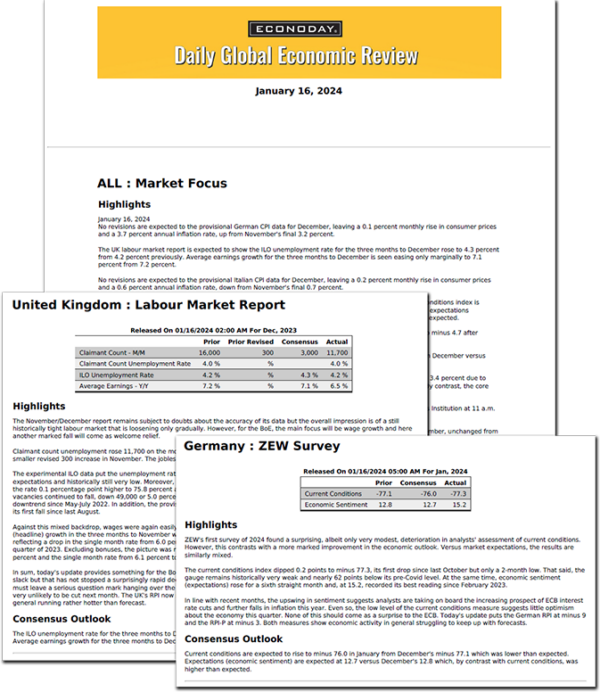In the August 14 week, there will be more economic data that will affect the outlook for Federal Reserve monetary policy, although there is much more to come before the September 19-20 FOMC meeting. With more than a month before the next FOMC, it is too soon to confidently forecast any outcome of the deliberations. The low unemployment rate of 3.5 percent in the July employment report suggests that if hiring is slowing, layoffs are not prevalent. Thus, the labor market can still be deemed tight by policymakers. The July CPI data says consumer price inflation is coming down month-to-month, but the annual rate at 3.2 percent is still above the Fed’s 2 percent flexible average inflation target.
The minutes of the July 25-26 FOMC meeting will be released on Wednesday at 14:00 ET and probably won’t be much help in discerning the path of the fed funds target range. The discussions took place three weeks before the release of the CPI, and there is a slew of important data still ahead. Policymakers remain united in their determination to take inflation down, and their forecasts point to one more 25 basis point increase in the fed funds rate this year. There’s a lot of uncertainty over the economic outlook, over the effects of prior rate hikes on financial conditions and related developments in the banking sector, and also on geopolitical events that could affect whether rates will go up again in September or if the FOMC will pause and/or reassess policy regarding updating their quarterly forecast. While it will be interesting to know if any FOMC participants were a bit more dovish in July in terms of restrictive monetary policy, those leanings could change with the recent and upcoming data reports. Chair Powell has already spilled that the staff outlook is no longer calling for a recession later this year.
Among the week’s plentiful economic data reports, the most important will be July data on retail and food services sales at 8:30 ET on Tuesday. More expensive gasoline and summer travel could push the dollar value of service station sales higher in July. Sales of motor vehicles were essentially flat in July from June. Sales at nonstore retailers could boost the total. Amazon’s Prime Day (July 11-12) set a new record, and Amazon’s competitors probably profited as well from bargain shoppers comparing offers. The extreme heat could have sent consumers into stores for fans and air conditioners, and indoor venues may have gotten more traffic as people avoided the outdoors.
The effect of renewed increases in mortgage rates will probably be evident in the NAHB/Wells Fargo housing market index for August at 10:00 ET on Tuesday. Single-family homebuilders have been active to meet demand while stocks of existing units are thin. However, the MBA data on mortgage applications suggest that potential homebuyers are fewer. The current pace of sales for new single-family homes should remain good, at least until those who have prequalified for a mortgage at a lower rate either buy or exit the market.






